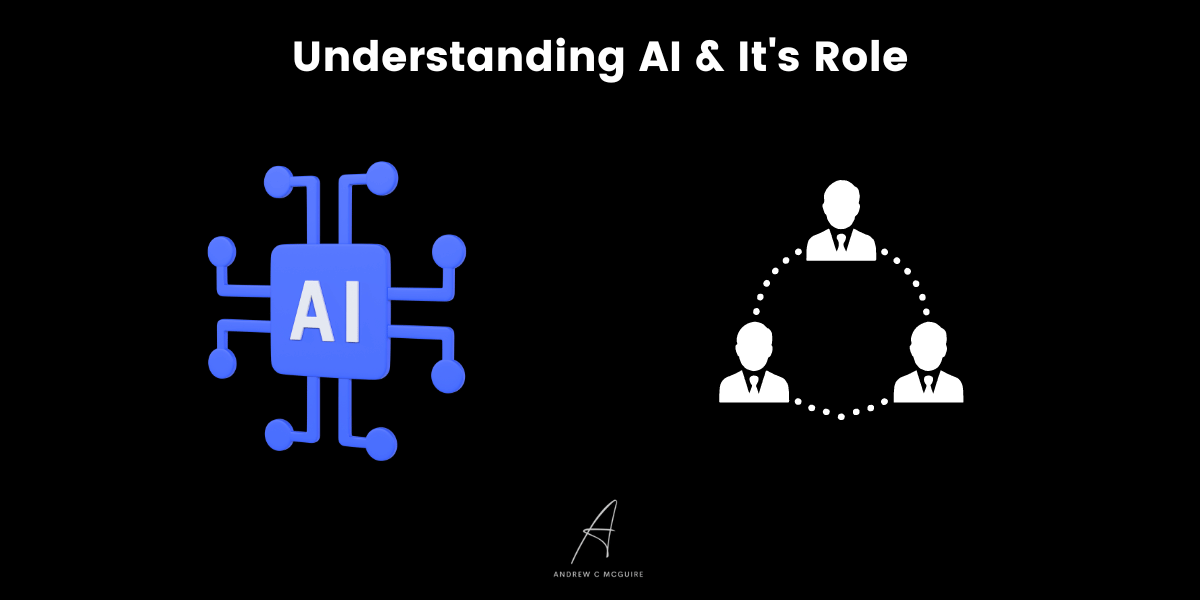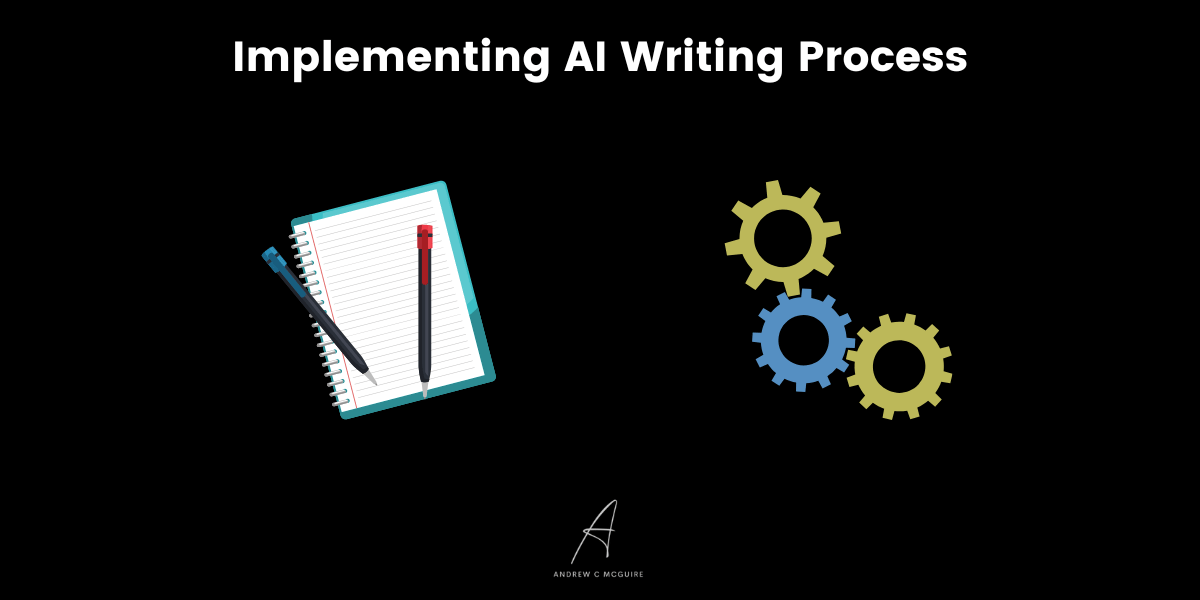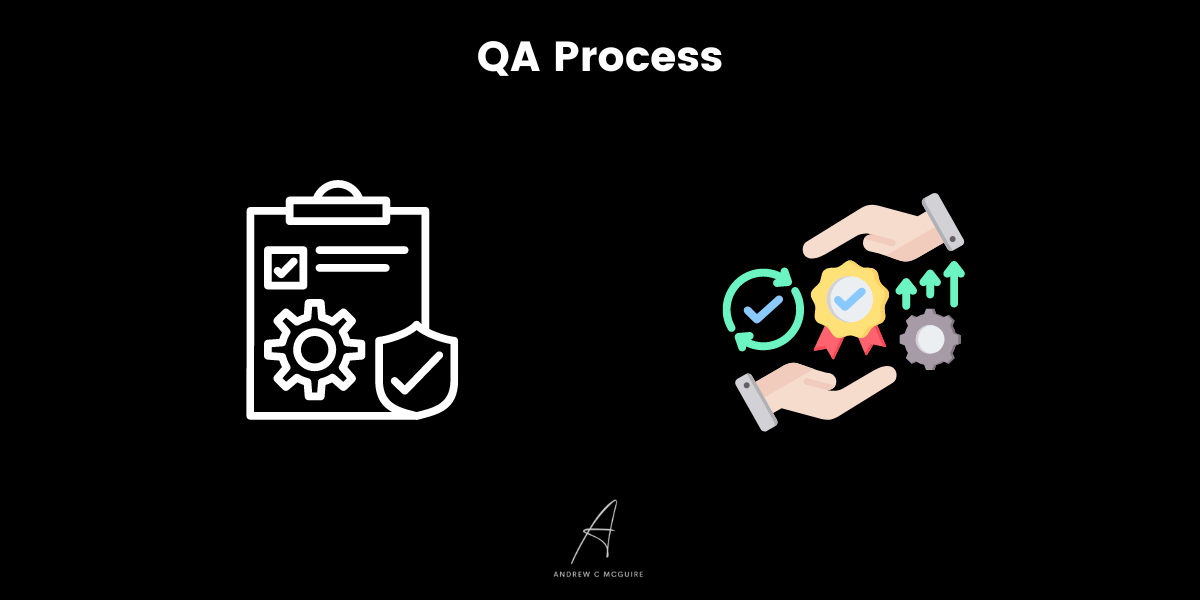As the demand for high-quality content grows, learning how to use AI to write articles has become an essential skill for content creators. With this blog post, we will explore the intersection of artificial intelligence and writing to understand how AI can help content creators produce high-quality articles.
We’ll start by understanding the role of AI in article writing and how it can assist human writers in generating engaging content. Next, we’ll investigate the various AI programs and explain how to select one appropriate for your requirements.
Furthermore, you’ll learn about preparing your existing content for AI processing and implementing a seamless workflow with these powerful tools. Finally, we’ll cover quality assurance measures that ensure your ai-generated content maintains a high standard while saving time and resources.
Before we jump into the details, it’s imperative that you look at Content at Scale. They are by far the best AI writing tool for long-form content. If you’re looking for a solution to fill in the blanks of writing out your article – go with Jasper as your AI writing assistant. Let’s get into it and talk about why you need to consider using an AI content generator to help you begin writing and assist you to create blog posts or social media posts for Twitter / LinkedIn.
Let’s get into the background before we jump into how to use it.
- Create 2,500+ word optimized article that is publish ready
- Create entire posts from videos, podcasts, keywords, or existing content
- Multiple Languages: Create content in 100+ languages for a larger reach.
- Internal Linking: Automatically internal link your articles with the WordPress plugin
We earn a commission if you make a purchase, at no additional cost to you.
Understanding AI and Its Role in Writing Articles
As AI advances, it has become a valuable asset for creating content in many industries, including article writing through tools such as OpenAI. With the rise of AI-powered tools like OpenAI, it’s now possible to leverage this technology for writing articles efficiently and effectively.
A Brief Overview of AI
Artificial Intelligence refers to developing computer systems that can perform tasks typically requiring human intelligence. These tasks include learning, problem-solving, pattern recognition, natural language understanding, and creativity. By using algorithms and machine learning techniques, AI can analyze large amounts of data quickly to make predictions or decisions based on patterns it identifies.
The Benefits of Using AI for Content Creation
- Speed: One major advantage is the ability to generate content at a much faster rate than humans can produce manually.
- Ease: Many modern AI tools are user-friendly with intuitive interfaces that require minimal technical knowledge or expertise.
- Variety: The versatility offered by these tools allows users to create diverse types of content ranging from blog posts and social media updates to product descriptions and more.
- Data-driven insights: Since many AI platforms use advanced analytics capabilities as part of their core functionality, they can provide valuable insights into your audience’s preferences which you may not have previously known.
Potential Limitations & Ethical Considerations
Technology is flawed; there are some limitations when using artificial intelligence for creating written content. For instance:
- Quality is not always up to par with human-generated content, especially regarding nuance and context.
- AI tools may require a significant amount of data input for optimal results. Depending on the software employed, this may take a lot of effort and money.
- Ethical concerns surrounding AI-generated content include plagiarism, authenticity, and potential job displacement in the writing industry.
Despite these limitations, AI’s role in article writing is undoubtedly growing as technology advances. By understanding how AI works and its potential benefits for your content creation needs, you’ll be better equipped to harness this powerful tool effectively within your projects like those at ACM – Rat Race & Wealth.
Understanding AI and its role in writing articles is an essential step for any content creator looking to leverage the technology. It is essential to pick the right AI tool for your requirements; this article will discuss how to do that effectively.
Choosing the Right AI Tool for Your Needs
Given the variety of AI writing tools, selecting one that suits your content creation objectives and requirements is critical. To ensure you select the right AI tool for your project, we will evaluate different types of AI tools and guide on selecting the most suitable one.
Assessing Your Requirements
Before diving into the various AI writing tools, take some time to assess your requirements by considering factors such as:
- The type of content you want to create (e.g., blog posts, social media updates, product descriptions)
- Your target audience and their preferences
- The desired tone and style of your content
- Budget constraints or limitations
- Ease-of-use and learning curve associated with each tool
Comparing Popular AI Writing Tools
To help you make an informed decision about which tool to use, let’s examine some popular options:
- Jasper AI This state-of-the-art language model can generate human-like text based on given prompts or context. It has been widely used for creating articles, generating code snippets, answering questions & more. Jasper AI Jarvis is an easy-to-use platform powered by GPT-3 that helps users create engaging copy within minutes – from blog posts to ad copies. Read my Jasper AI review so you can take in the details independently.
- Content at Scale: Imagine a world where you plug in a keyword and you get a fully custom 2,600+ word article that is unique for you to add in your optimization to publish. Content at Scale is helping bloggers and businesses scale their content in a unique way that other AI content writing can’t do. I put together a good Content at Scale review for you to read through more of the details.
- Writesonic: The best thing I can say about Writesonic is their speed of innovation. They’re able to incorporate new items that are rolled out quickly and make some significant changes. They’ve also built out something called Photosonic that helps you pull in images using the AI image models that exist too.
- Evaluating the Pros and Cons
Each AI writing tool has its own set of advantages and drawbacks. Weigh up the factors like cost, usability, customizability and compatibility with other software when deciding which AI writing tool is right for you.
Selecting the appropriate AI tool for your requirements is critical to guarantee that you can generate content productively and with accuracy. With the right preparation, you are now ready to move on to preparing your content for AI processing.
The AI space continues to move rapidly and keeping up will be challenging, but I believe in you. Just come here when you need some motivation or are looking for more info on leveraging AI for your business.
Preparing Your Content for AI Processing
To create high-quality content using an AI article writer, it’s essential to prepare your data and information effectively. This will ensure that the AI-generated content is accurate, relevant, and engaging for your target audience. Here are some steps you can follow when preparing your content for AI processing:
- Conduct Keyword Research
Keyword research is crucial in SEO writing and helps you identify popular search terms related to your topic or niche. Incorporating these keywords into your content’ll increase its visibility on search engines like Google.
- Use tools such as Ahrefs or SEMrush to find relevant keywords.
- Analyze competitor websites and blogs for keyword ideas.
- Create a list of primary and secondary keywords that align with your topic.
- Create a Blog Post Outline
A well-structured blog post outline serves as the foundation of any successful piece of content, whether written by human writers or generated by an AI writing tool. An outline helps guide the flow of information within the article while ensuring all important points are covered.
- Determine key sections (headings) based on subtopics related to your main subject matter. e.g., Introduction, Benefits of Using [Product], How To Use [Product], Tips & Tricks
- List bullet points under each section highlighting specific details or examples. e.g., Under “Benefits,” include: Saves time; Increases productivity; Reduces costs /li>
- Organize your outline in a logical order, ensuring a smooth flow of information from one section to another.
- Gather Relevant Data and Information
To ensure the accuracy and relevance of AI-generated content, gathering all necessary data and information before feeding it into an AI writing tool is important. This may include:
- Statistics or research findings related to your topic.
- Quotes or testimonials from industry experts or customers.
- Providing comprehensive and accurate input data is essential when using AI tools such as natural language processing algorithms driven by machine learning technology.
- Multimedia elements like images, videos, infographics, etc., which can enhance the overall presentation of your content.-li>
These steps will help you prepare comprehensive input material for any AI article generator while ensuring that the final output aligns with your goals and objectives. Providing accurate and pertinent data is key when utilizing AI instruments such as machine learning-powered natural language processing (NLP) algorithms. By doing so, you’ll increase the chances of generating high-quality content tailored specifically for your audience’s needs – ultimately boosting engagement rates across various platforms including blogs posts,email marketing campaigns,social media marketing efforts,and more.
Preparing your content for AI processing is a crucial step in creating effective and efficient writing processes. Implementing an AI Writing Process can help you take the next steps towards leveraging Artificial Intelligence to generate high-quality content.
Implementing an AI Writing Process
Incorporating AI into your writing workflow can help to boost productivity and efficiency. To make the most of this technology, it’s essential to understand how to use your chosen AI tool effectively. In this section, we’ll explore various steps you need to take when implementing an AI writing process.
Setting Up Your Chosen Tool
The first step in implementing an AI writing process is setting up your selected AI tool or application. This may involve creating an account, installing software, or configuring settings based on your preferences and requirements. Ensure that you follow any provided instructions carefully so that the tool functions optimally.
Inputting Data and Information
Once you’ve set up your chosen AI tool, it’s time to input the necessary data for generating content. This might include keywords or phrases relevant to your topic, specific guidelines for tone and style, as well as any other pertinent information required by the software (e.g., word count). Remember that providing accurate data will help ensure high-quality output from the system.
- Keywords: These are crucial in optimizing SEO performance; hence they should be included strategically within the text generated by the AI writer.
- Tone & Style: Define whether you want a formal or informal tone in addition to specifying if there are certain styles (such as academic) that must be adhered to during content generation.
- Word Count: Set a target word count to ensure that the generated content aligns with your desired length.
Generating Content
With all necessary data and information inputted, you can now proceed to generate content using your AI tool. Once the data and info have been inputted, you can initiate content creation with your AI tool – this could be as simple as pressing a button or running an instruction. As the AI processes your inputs, it will create an article tailored to meet your requirements. It’s essential to be patient during this stage since generating high-quality content may take some time.
Editing and Refining Output
It is essential to remember that, although AI-generated content can be remarkable in terms of accuracy and relevance, human editing is still necessary for making sure the article is flawless. Once you have received output from your chosen AI writing tool, carefully review it for any inaccuracies or inconsistencies that need addressing before publishing or distributing the final piece.
Incorporating these steps into your workflow will help streamline the process of leveraging artificial intelligence for creating engaging, informative articles while maximizing efficiency within your organization.
Implementing an AI Writing Process is a great way to quickly and efficiently generate content. Quality Assurance for Generated Content will help ensure that the generated content meets all of your expectations.
Quality Assurance for Generated Content
Once your AI tool has generated content, it’s essential to review and ensure the output meets your expectations in terms of accuracy, clarity, and relevance. This section will discuss some key steps you can take to maintain quality assurance for the articles produced by AI.
Reviewing Content Accuracy
Verifying the accuracy and currency of the material produced is the initial step. Cross-check facts with reliable sources like BBC News, The New York Times, or industry-specific websites. Additionally, make sure any statistics mentioned are from reputable sources such as government agencies or research institutions.
Ensuring Clarity and Readability
Next, assess whether the article flows well and conveys its message clearly to readers. Use readability tools like Readable or Hemingway App to analyze text complexity and suggest improvements where necessary.
- Sentence structure: Ensure sentences are concise yet informative without unnecessary jargon or complex language.
- Punctuation: Check for proper punctuation usage throughout the article – this includes commas, periods, colons, semicolons etc., which help guide readers through your content smoothly.
- Tone of voice: Make sure that your writing maintains a consistent tone appropriate for your audience – be it formal or informal – across all sections of an article.
Verifying Relevance and Value to Readers
Lastly, evaluate whether the generated content is relevant to your target audience and provides value in terms of information or insights. Ask yourself:
- Does the article address a specific need or problem faced by my readers?
- Are there actionable tips or advice that can help them achieve their goals?
- Is the content engaging enough to keep readers interested until the end?
Taking these steps will ensure that your AI-generated articles are accurate, clear, and valuable for your readers. Remember that while AI tools can save time and effort in creating content, human intervention remains crucial in maintaining quality assurance.
AIO Writer and Optimization
As you think through all of this, it’s going to be important that you recognize this entire process is moving away from Search Engine Optimization and towards Artificial Intelligence Optimization. The entire process I describe in this article is talking through that process.
Content at Scale talks about this process and framework as C.R.A.F.T.
C: Cut the fluff
R: Review, Edit and Optimize
A: Add images, visuals and media
F: Fact-check
T: Trust-build with personal story, tone, links
If you can think of your future as a writer and using AI to write articles in the format of this CRAFT framework – you’re going to have a much better future accepting this is the direction we’re going.
I’m excited for our future in AI and leveraging it for blog topic ideas, content marketing, landing pages and writing the long form content needed to generate blog posts for your business.
Welcome to the future.
Conclusion
In conclusion, using AI to write articles can be a powerful tool for creating content quickly and efficiently. To ensure that your generated content is of high quality while taking advantage of the capabilities offered by AI technology, it’s important to have the right tools and processes in place. As more businesses embrace this approach to writing articles, it’s important to understand how best to use AI in order to maximize its potential and produce great results. By understanding what type of software works best for your needs, preparing your content properly for processing by an AI system, implementing an efficient workflow process and ensuring quality assurance measures are taken with each article produced; you will be able set yourself up for success when utilizing artificial intelligence as part of your writing process.
Take control of your content creation process by leveraging AI to write articles quickly and accurately. With our solutions, you can generate high-quality content that meets the needs of your audience without sacrificing quality or time.
FAQs
Best AI Writing Tool
Content at Scale is the best AI writing software





